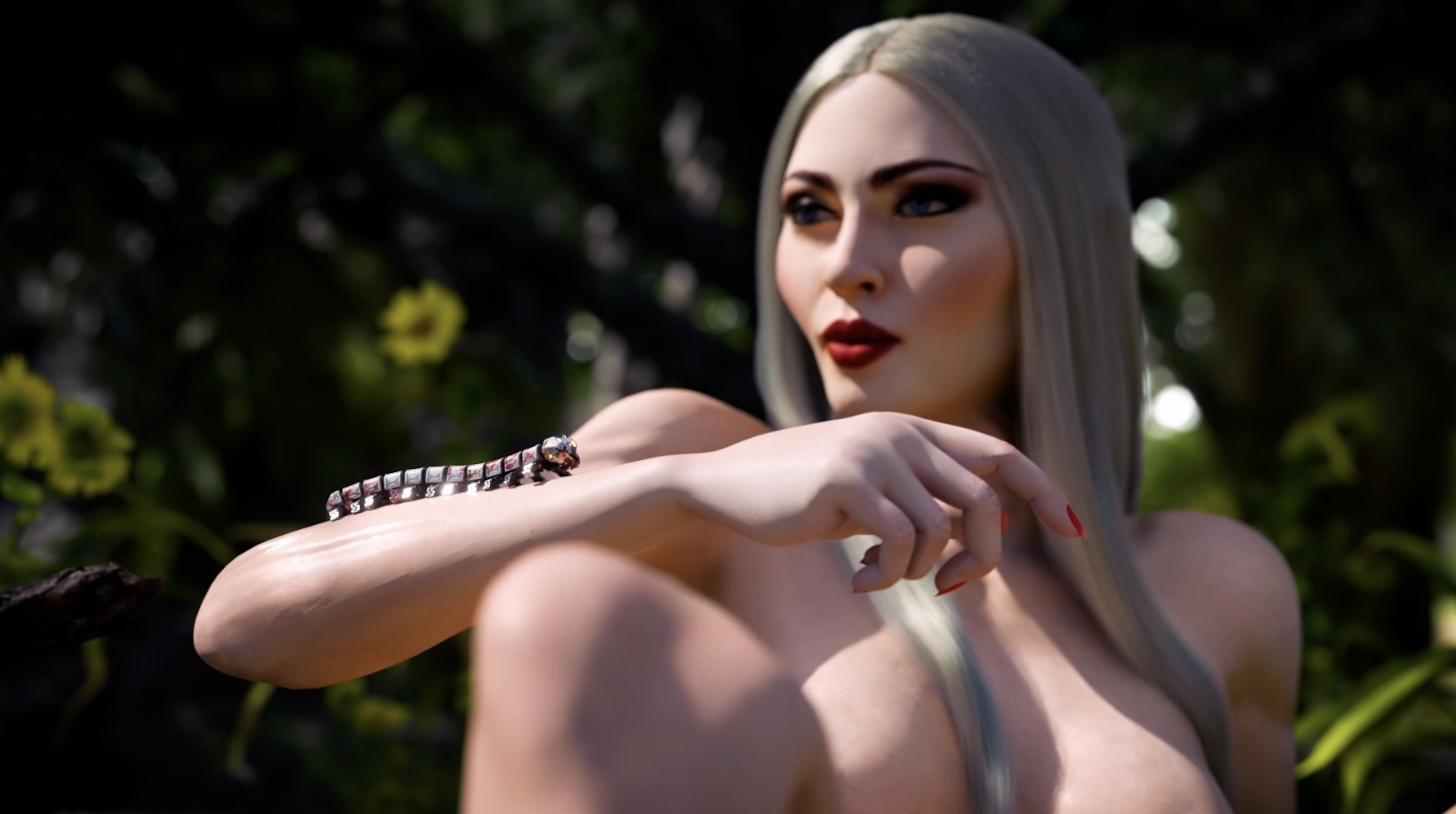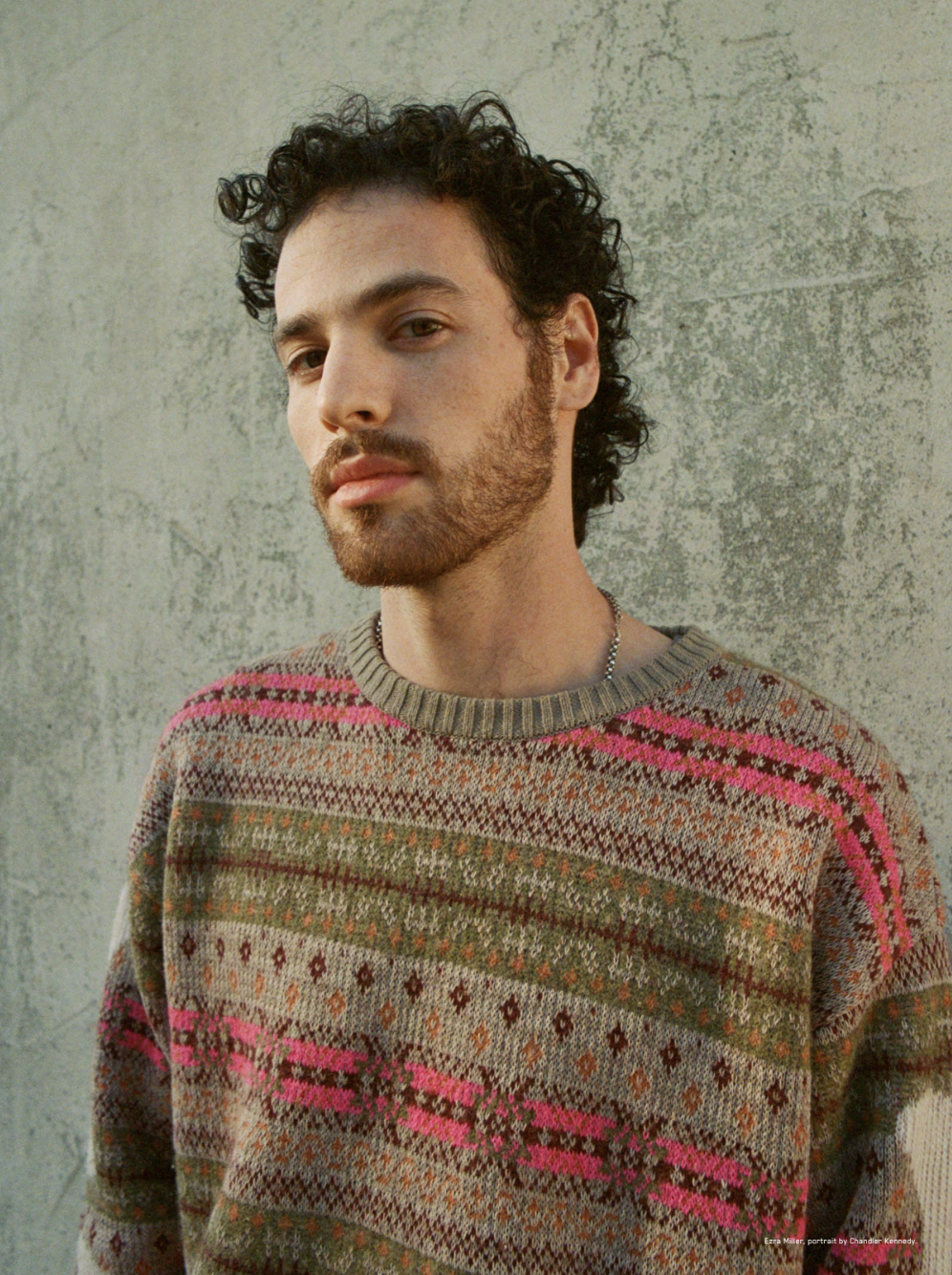Yesterday, Amir H. Fallah dropped his first NFT, Immortal, on SuperRare. Yesterday is also the day when news broke that Christie’s sold an NFT—a non-fungible token certified on blockchain—by Bleeple for over $69 million. For a couple of weeks now, the art world has been abuzz with talk of this rapidly growing digital space, all the money surrounding it, and the implications for the art market. But few contemporary artists outside the digital arena have taken the leap into this virtual terrain.
“The pandemic has made it so that people are stuck at home, on their phones 24/7, thinking, I’m spending a lot of time digitally, maybe it’s also okay to collect art digitally,” said Fallah in a recent phone interview.
For the artist, the interest in creating an NFT started with a curiosity around investing in cryptocurrency. After conversations with Shahin Tabassi and Dan Nguyen, two friends who collect his work, Fallah started thinking of ways that made sense conceptually and in the thread of his artistic practice to enter the crypto conversation. He didn’t want to just take a painting, make an edition of it, upload it, and call it a day.
The more he thought about it, the more a fitting concept started to crystallize. Recently Fallah’s work has addressed his role as a father, how he wants to raise his child, and the world he’d like to leave behind for him. “I was thinking about my kid, and the work I’ve been making, and I came up with this idea that references art history and Baldessari—Baldessari was also my teacher,” he said, eventually realizing, “There is a lot of content here, there is a reason to make one, so then I got excited about it.”
Immortal is a portrait of his son holding a model skull—alluding to mortality and the art historical significance of the image of the skull. In his artist statement for SuperRare Fallah wrote, “When you become a parent you become immortal. Your values, traits, mannerisms and your DNA are transferred from your body to your child. You live on through your children and hope that they achieve what you didn’t, experience the things you didn’t dare try, and live a better life than you did.”
After making the painting and minting it into an NFT, he burned it, capturing the act on film. That’s where the reference to John Baldessari comes in, who famously burned his own paintings in 1970 marking a major shift in his artistic practice from abstract to conceptual work. “I wanted to do something a little bit different, that challenges the medium,” Fallah said. To him, burning the original painting has made the NFT itself immortal, living forever on blockchain.
The transparency of blockchain and the ability to embed a commission for the artist each time an NFT is resold is part of the appeal, as well. But so is the idea of a nonphysical artwork. “I think there’s a lot of interesting directions it could go. That’s why, I wanted to have a really good idea that actually made sense with what I already do in the studio,” he said.
The auction ends in just over two days, and Immortal is currently going for 12 ETH (Ethereum). The winner will receive the 1:1 NFT of the painting as well as a 1:1 NFT of the video of its physical demise. Fallah also made the painting the exact aspect ratio for displaying Immortal on the high-definition TVs favored by NFT collectors. “I tried to take everything into consideration, from the content, to the format, to the medium,” said Fallah. “I wanted to give it that extra level of care that I haven’t seen anybody in the NFT world do yet.”











